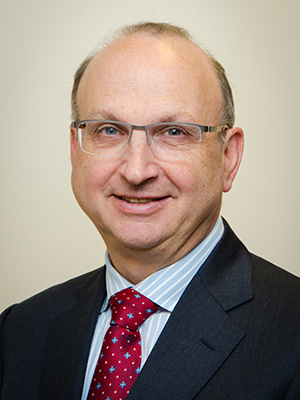Message from Norman Rosenblum, INMD Scientific Director
March 2019

Understanding the conditions that lead to paradigm-shifting scientific discovery and to innovation and translation is a topic of importance to research funders, to researchers and to our stakeholders. In their recent letter in Nature, Wu and colleagues use a novel approach to measure whether scientific outputs (articles, patents or projects) produced by small and large teams of researchers suggested or solved scientific ideas. Smaller teams produced research that was more likely to suggest (or “disrupt”) scientific ideas, while larger teams were more likely to develop existing ideas and consolidate paradigms. A key takeaway from this research is that both small and large teams have an essential role in research and development and that teams that consist of five or fewer principal investigators are more likely to be ‘disruptive’ in their thinking and outputs. These results are worth careful consideration as we create our own collaborative teams and design strategies aimed at developing new research. I would be most interested in your evaluation of this paper and its relation to your own experience, and I invite you to share your thoughts with me via email.
A different way of looking at conditions conducive to scientific discovery is provided in a recent Nature article How secret conversations inside cells are transforming biology (Dolgin, 2019) which begins with an account of Dr. Jean Vance’s (Univ. Alberta) research documenting the interaction of mitochondria and endoplasmic reticulum and the role of this interaction in phospholipid synthesis (Vance, 1990). This work provided a basis for future research on cellular processes such as intracellular transport, and is now seen as fundamental in the growing field of organelle interactions with important implications across a broad range of diseases including type 2 diabetes and Alzheimer’s disease. Dolgin’s article highlights the limitations of working in siloed research areas, suggesting that knowledge dissemination among researchers across research communities is one factor that can accelerate the pace of scientific discovery.
Wishing you a happy and healthy spring,
Norman Rosenblum, MD, FRCPC
Scientific Director, CIHR-INMD
Additional reading
Wu, L, Wang, D and Evans, J.A. (2019). Large teams develop and small teams disrupt science and technology. Nature, 566: 378–382. DOI: 10.1038/s41586-019-0941-9
Dolgin, E. (2019). How secret conversations inside cells are transforming biology. Nature. 567(7747): 162-164. DOI: 10.1038/d41586-019-00792-9.
Vance, J. E. J. (1990). Phospholipid synthesis in a membrane fraction associated with mitochondria. Biol. Chem., 265, 7248–7256. Available through Pubmed.
- Date modified: